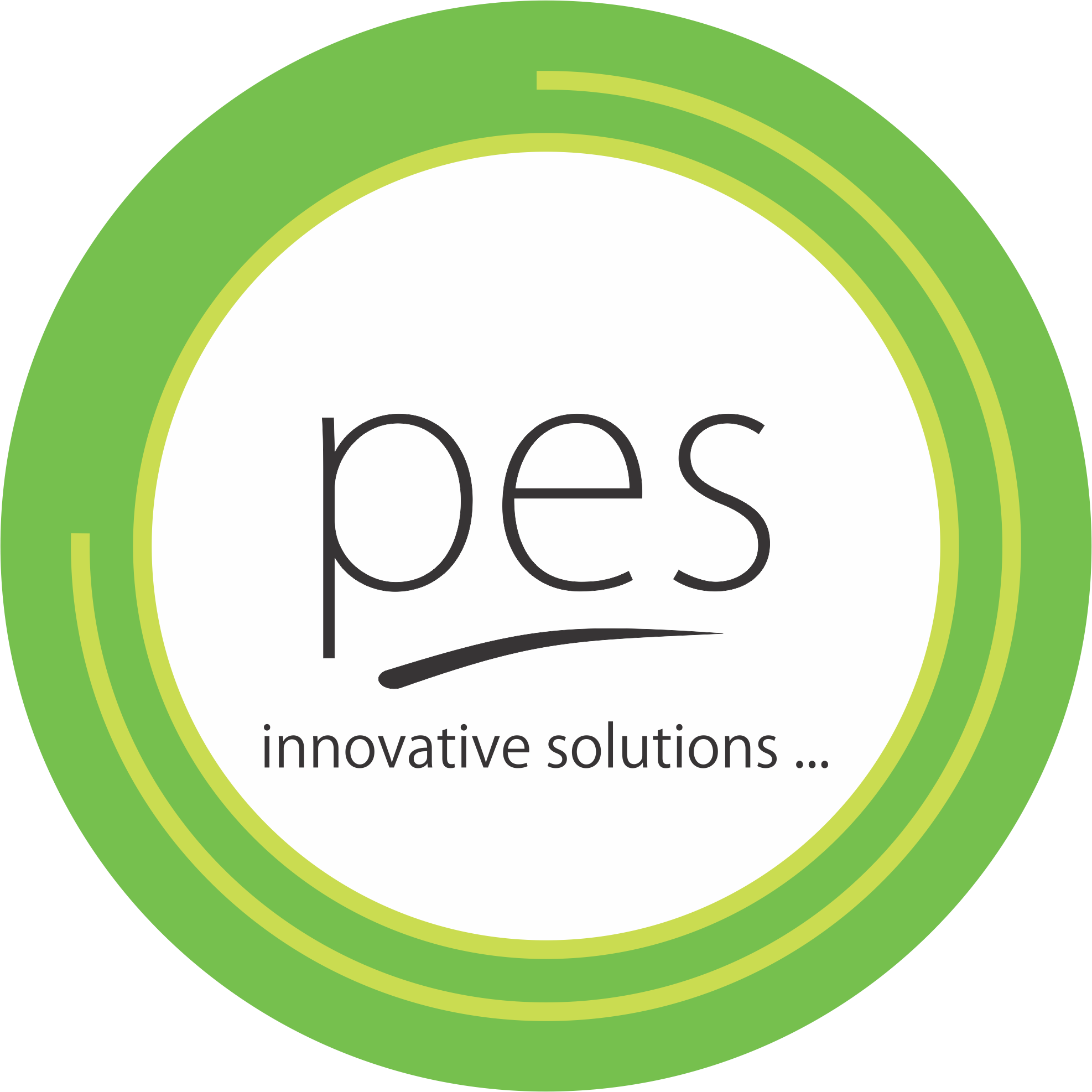Reduced complexity
Simplify operations and free your teams to focus on growing the business with fully-managed infrastructure and daily operations.
Hybrid cloud flexibility
Develop and deploy cloud-native apps with a consistent experience across clouds and on-premise, including unified billing and management.
Faster application velocity
Begin development immediately, deploy apps quickly, continuously evolve apps, and scale across clouds and geographies.
Developer-first experience
Create a consistent, curated, and streamlined development experience across hybrid cloud environments with integrated services from Red Hat.
All infrastructure, platforms, software, or technologies that users access through the internet without requiring additional software downloads can be considered cloud computing services—including the following as-a-Service solutions.
Software-as-a-service (SaaS)
Software-as-a-service (SaaS) is a form of cloud service that delivers a cloud application and all its underlying IT infrastructure and platforms—to end users through an internet browser. It can be an ideal solution for large enterprises, small businesses or individuals that:
Do not want the responsibility of buying or maintaining infrastructure, platforms, and on-premises software.
Prefers simpler cost management through operational expenses (OPEX), rather than capital expense investments (CAPEX).
Have challenges that require minimal customization to solve.
Favors software subscription models.
SaaS reduces users’ upfront costs by eliminating the need to permanently purchase software or invest in a robust on-premise IT infrastructure as is the case with traditional software. SaaS customers should invest in fast network hardware, however,since service performance is determined by internet connection speeds.
Examples of SaaS include application service providers (ASPs) like Google Docs and Microsoft Office 365, as well as enterprise services that deliver human resource software, e-commerce systems, customer relationship management tools, and integrated development environments (IDEs).
SaaS applications take advantage of multitenant architecture to isolate customer data. Software upgrades, bug fixes, and other general app maintenance are taken care of by the SaaS provider, while users interact with the software through a web browser. SaaS solutions are generally fully functional, but sometimes incorporate custom integration via application programming interfaces (APIs).
The SaaS Model
SaaS apps largely rely on subscription models for provisioning software licenses. Unlike a perpetual license, this software delivery model ties each account to a subscription that grants SaaS access for a period of time usually on an annual or monthly basis. That subscription fee generally grants access to product documentation and ongoing support governed by a service level agreement (SLA), but some SaaS providers charge additional support fees to make custom code changes at the source code level.
Infrastructure-as-a-service (IaaS)
Infrastructure-as-a-service (IaaS), also known as cloud infrastructure services, is a form of cloud computing in which IT infrastructure is provided to end users through the internet. IaaS is commonly associated with serverless computing.
In an IaaS service model, a cloud provider hosts the infrastructure components that are traditionally present in an on-premises data center. This includes servers, storage and networking hardware, as well as the virtualization or hypervisor layer.
IaaS providers also supply a range of services to accompany those infrastructure components. These can include the following:
detailed billing;
monitoring;
log access;
security;
load balancing;
clustering; and
storage resiliency, such as backup, replication and recovery.
These services are increasingly policy-driven, enabling IaaS users to implement greater levels of automation and orchestration for important infrastructure tasks. For example, a user can implement policies to drive load balancing to maintain application availability and performance.
The LaaS Model
In the IaaS model, the cloud provider manages IT infrastructures such as storage, server and networking resources, and delivers them to subscriber organizations via virtual machines accessible through the internet. IaaS can have many benefits for organizations, such as potentially making workloads faster, easier, more flexible and more cost efficient.

